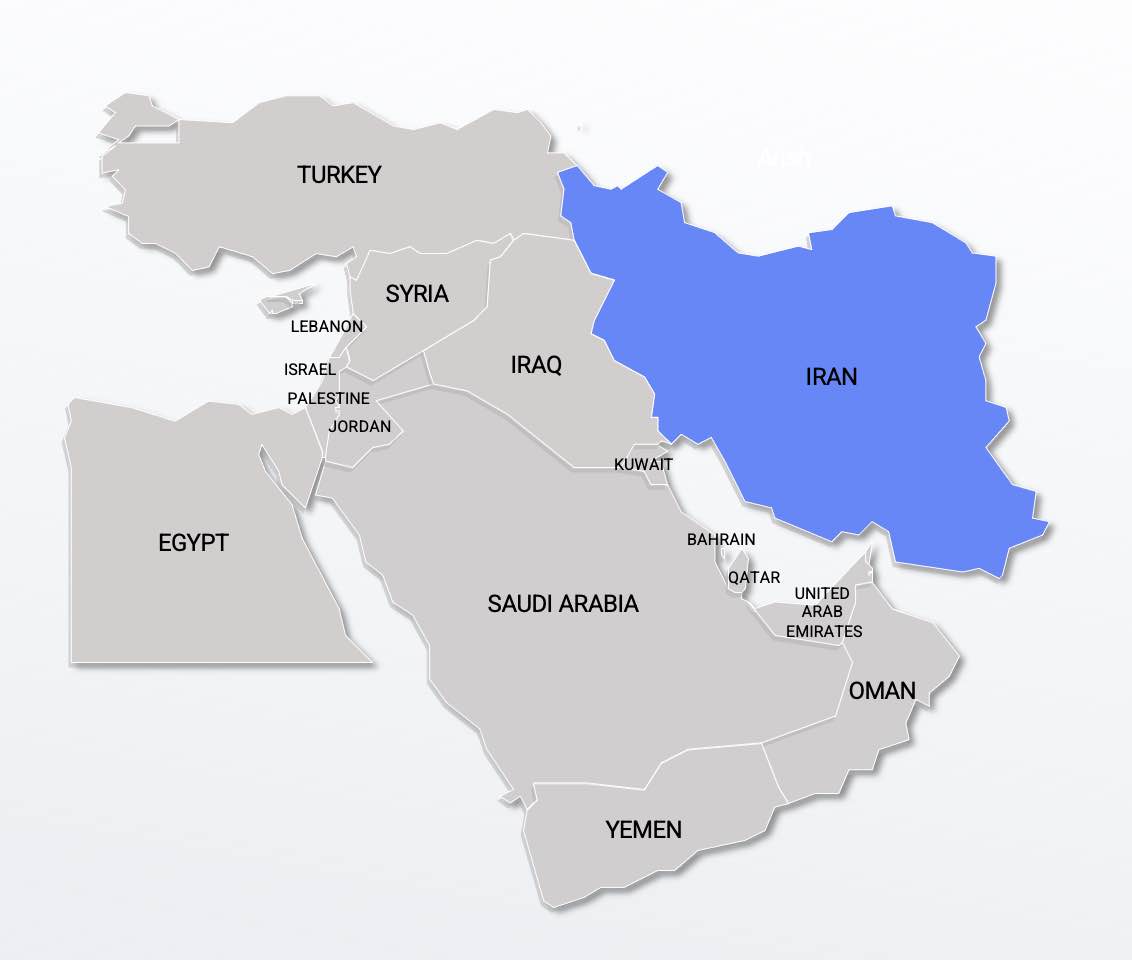Water in Crisis - Iran

Water scarcity is a significant issue in Iran, one of the driest countries in the world. The country's water resources are heavily reliant on rainfall and the limited water supply is being rapidly depleted due to climate change and human activities such as overuse, mismanagement, and pollution.
In recent years, Iran has experienced a series of droughts that have exacerbated the water crisis, with the drought in 2021 being one of the most severe in recent memory. The situation is particularly dire in the central regions of Iran, where farmers and rural communities are struggling to access water for their daily needs and agriculture. In addition, the water crisis has also led to social and political unrest in some regions of Iran, with protests erupting over water shortages and mismanagement.
To address the water crisis, the Iranian government has launched various initiatives, including the construction of dams and water transfer projects, as well as programs aimed at reducing water usage in agriculture and industries. However, these efforts have been hindered by a lack of funding, technical expertise, and political will.
Overall, the water scarcity in Iran is a complex and multifaceted issue that requires a comprehensive approach involving not just government action but also public education, conservation, and international cooperation. Without urgent and sustained action, the situation is likely to worsen, with severe consequences for the people and the environment.